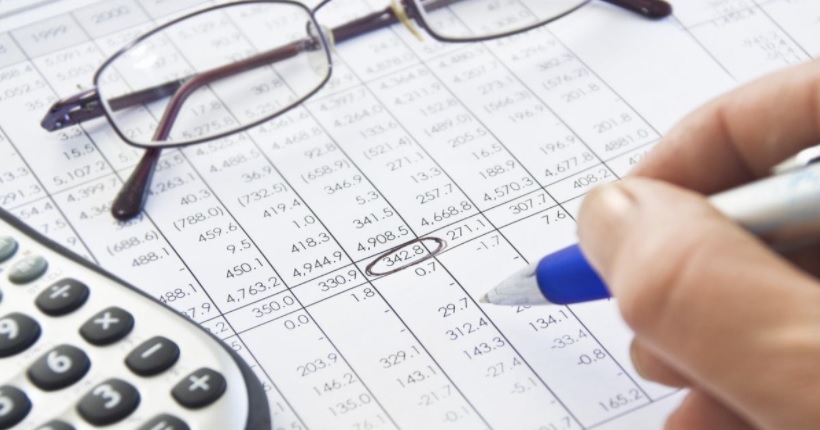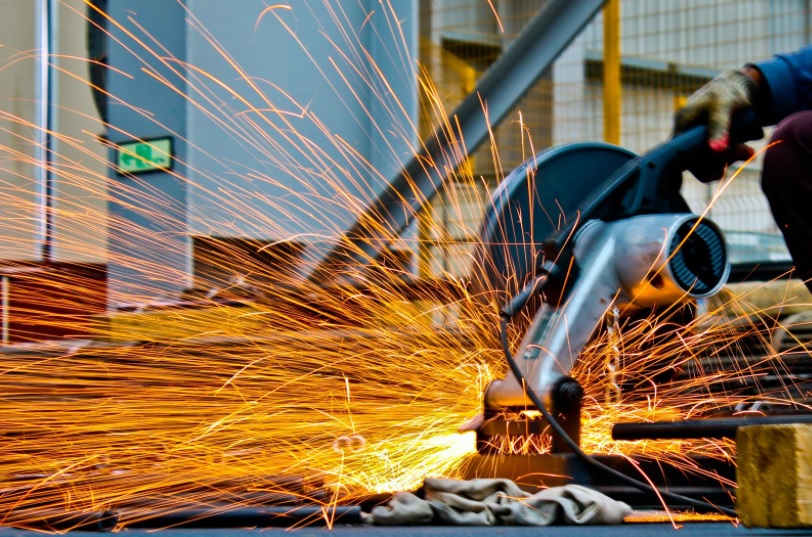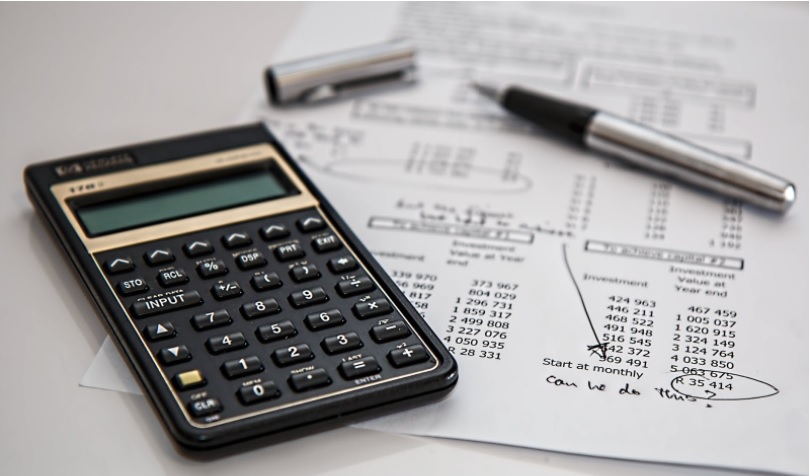Every modern-day executive can agree that one of the top three expenses for companies of all sizes is purchasing equipment. This goes especially for companies that rely heavily on expensive machinery and equipment, like manufacturing companies, repair shops, construction enterprises, etc.
And every successful company does this by working in compliance with their equipment budget. Consequently, an equipment budget is a must for each organization that strives to stay competitive by working with the latest machinery and equipment.
Preparing and operating by an exact equipment budget will ensure that you will successfully acquire and maintain all of the equipment you need to perform in your business field. Moreover, it will also help you to price your products and services better and with greater accuracy.
Read along and find out what exactly is an equipment budget, why you need it, and how to create yours.

What Is An Equipment Budget?
As the name suggests, the equipment budget is an ultra-important budget that ensures you will recover your actual equipment costs over time. Essentially, it’s a financial plan to recover and replace the money you are willing to sink into the equipment you need for your company. The numbers from here will feed into the estimates to ensure that every job recovers the equipment costs it incurs.
And if you’re interested in constructing an equipment budget, you need to first understand and acknowledge what is and what is not considered as equipment. Generally, equipment refers to anything necessary to run your business and retain its value over time, such as manufacturing equipment, healthcare equipment, vehicles, construction tools and machinery, industrial copiers and printers, restaurant appliances, and many more.

Furthermore, even smaller things can be considered equipment like desks, tables, phone and internet systems, computers, etc. Make sure to leave the small and inexpensive recurring costs like pens, printer paper, small tools, and similar items for your general budget, and don’t get them mixed with your equipment estimations.
Why Do You Need An Equipment Budget?
Every successful business management requires you to cautiously and efficiently manage your finances. And coming up with an equipment budget is just that - a tool that will help you cautiously and efficiently manage your company’s finances regarding equipment solutions.
Still, why do you need one? An equipment budget is crucial for three principal reasons: pricing, purchasing, and financing.
Pricing
Even if your equipment is already paid off, it doesn't mean that the equipment doesn't cost money to operate because you will still have to maintain it, repair it, and perhaps even replace it in the future. It doesn't matter what type of business you run; your products and services' pricing should always reflect the cost of using your existing equipment.
As a rule, your equipment budget should include existing equipment that's already paid off, so you will be better prepared when it comes to making repairs and replacements of parts.
Purchase Planning
Equipment budget is essential for precise planning of your future equipment purchases. When it's time to buy additional equipment, you will be able to see how these purchases will affect your company's finance sector bottom line.
Moreover, you will know in advance if you need to alter your pricing structure to make up for this added expense. Without budget equipment, you won't be able to plan for future equipment additions successfully.
Financing
Perhaps you will have to rely on some financing to acquire expensive equipment, as most businesses do. Detailed equipment budgets cover the aspect of whether your company will purchase a particular type of equipment in straight cash or you are going to utilize some of the most famous equipment financing options like equipment leasing and equipment loans, for instance.
When it’s time to apply for any sort of financing, you’ll need to notify your lender how much money you will need, how you will use that amount of money, and how you anticipate this investment will help your business operation. If you don’t have a detailed equipment budget ready, it may be harder to secure the finances you need.

How To Create Your Equipment Budget?
Creating your company's equipment budget is an essential step. Thankfully, it doesn't have to be a complicated process. Follow our five simple steps and set up your company's equipment budget in no time.
Make An Extensive List
First things first, create an extensive list of all the equipment you currently have, the one you need, and the equipment you anticipate to need in the foreseeable future. It’s essential to be thorough when making this inventory list to avoid running into any unanticipated costs in the future.
Ensure determining what belongs in the general expenses section and what should be considered overhead expenses as not everything falls into the equipment budget category, as mentioned above.
Divide Your Equipment Into Categories
Afterward, divide your equipment into three distinct categories: owned, leased, and expected purchases.
- Owned equipment comprises equipment that you’ve already bought and is completely paid off and the equipment you are currently financing with the intent to own.
- Leased equipment includes all equipment that you are renting for business use.
- As the name suggests, the last category should consist of the equipment that you plan to acquire in the future.
Establishing these three distinct categories will help you keep better track of your different expenses and will help you in the future if you apply for any financing.

Get Quotes
For the equipment from the third category, the equipment you plan to purchase in the future, get quotes from multiple suppliers to complete your equipment budget accurately. Incorporating cost estimating software helps compare quotes and forecast long-term costs for more informed decisions.
And because getting approved for financing demands you to know exactly how much money you need, it’s vital to obtain current and precise figures that reflect your future expenses.
Contact multiple suppliers to get quotes and compare their offers to find the best possible rates for your desired equipment.
Evaluate The Cost Of Operating On Your Current Equipment
As already stated, your costs and expenses don’t stop when the equipment is paid off in full. Make sure to account for the cost of operating your existing equipment. For instance, company vehicles require fuel, repairs, and insurance. Consider factors like fixed assets and depreciation.
Fixed assets are parts of the equipment that you will utilize to generate income that you don’t expect to sell in the foreseeable future. Depreciation accounts for the decreased value of your equipment over time if you ever plan to sell it. Costs like these will help you establish a more precise pricing model to help you recover the money you spend on your equipment.
Regularly Review Your Equipment Budget
Finally, you need to review your equipment budget every month regularly and compare it against your actual expenses and make adjustments as necessary. Since budgets are essentially an estimation of costs anticipated, to maintain their accuracy, frequently review your budget to ensure it’s up to date and reflects your real costs and business operations.
Final Words
It doesn’t matter which industry you are in or how big or small your company is in terms of annual turnovers. You need to prepare a precise equipment budget to efficiently manage your finances and help your business reach specific business goals and thrive in the market. Now that you know what an equipment budget is, why you need it, and how to create a precise one, make sure that you’re on it and operate by it.


 Table of Content
Table of Content










